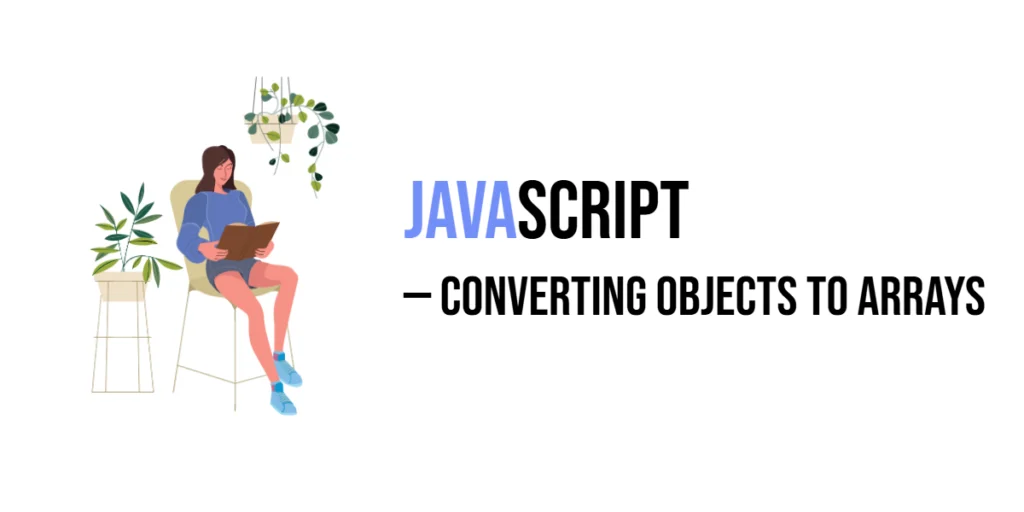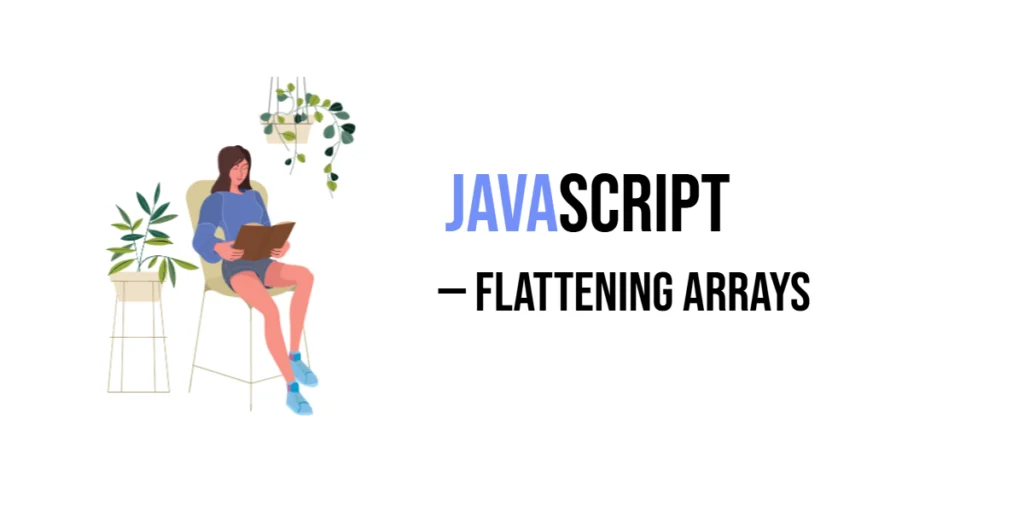JavaScript: Converting Objects To Arrays
In JavaScript, objects and arrays are two fundamental data structures used to store and manipulate data. While objects are great for storing key-value pairs, sometimes you need to convert object data into an array format to perform operations like sorting, mapping, or filtering. Converting objects to arrays allows you to take advantage of array methods […]
JavaScript: Converting Objects To Arrays Read More »









